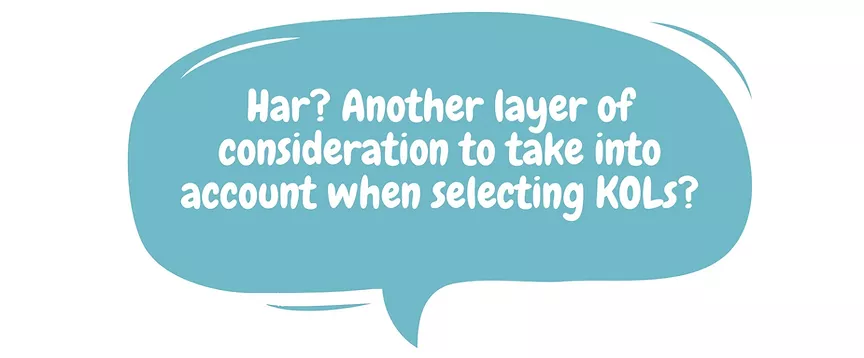At the end of our piece on unraveling the secrets behind true reach, we hope that you would have achieved a degree of enlightenment on why the team in Nuffnang is increasingly moving our conversation to include true reach count.
The Meaning of True Reach
To start, true reach indicates the number of real views the posting or KOL is able to reach. As opposed to potential reach, which indicates the number of audiences that a posting is able to reach base on the total number of followings from the KOL’s platform – but here’s the bummer, every Instagram post will not be able to reach out to every single follower they have on their platform!

The Importance of True Reach Count
So, why is true reach even important to you? What can true reach tell us about the KOL or campaign? Believe me you, we’ve dived so often into the significance behind true reach that we decided, let’s just put it on our blog!
We break it down into two important moments where true reach is most significant: KOL selection phase and campaign reporting.
1. KOL Selection Phase
We know what you must be thinking;

Well, yes…
We believe that is it important to look into a KOL’s true reach count for us to be able to gauge how far-reaching a campaign would be with its audience. This is especially true for campaigns with awareness goals in mind, as the idea would be to serve the content to as many audiences as possible.
Further, you will find that engagements/engagement rates are also a trickle-down effect from the true reach count – the audience has to see the content before they are able to react and engage with it.
The most important aspects when considering true reach count during the KOL selection process is to understand the estimated number of audience which considers the KOL’s profile as one of their top most viewed/interacted profiles, to review if their platform should consist of too many defunct profiles and roughly guage the effectiveness of the postings.
However, considerations to keep in mind is that true reach count is an ever-changing number and so, what is measured today may not necessarily hold true next week. Worth noting as well, these numbers are usually reflected as estimates and can hardly be reflected as 100% accurate, even by Instagram’s own measurements.
2. Campaign Reporting Phase
After having gone through the entire process of collaborating and curating content, here comes the thriller of finally finding out the results of your efforts!
In Nuffnang, we have our way of breaking down the numbers to reflect the effectiveness of our campaigns – through an audience funnel.

With the top of the funnel featuring the total potential audience from all the KOLs engaged for the campaign, we see the true effect of the campaign with numbers (usually) narrowing down to represent true reach. Further down the funnel, we will find the total number of audience who engages with the content amongst the audiences who viewed it.
This funnel helps to evaluate the ‘conversion’ of audiences from one tier to the next – thereby allowing us to review factors affecting it such as content relevancy, campaign exposure, the virality of a campaign (a successful viral campaign would most probably feature a triangular-shaped audience funnel as opposed to an inverted triangle) and more!
Unlike the initial stages of KOL selection, true reach count at the point of reporting has a higher accuracy percentage closer to 100%. Hence, we are able to learn more accurately from the campaign report and henceforth, apply them to our next campaign strategy.
Nuffnang’s Advice for Your Next Campaign
Hopefully learning something from our little piece above, perhaps the next step would be to start incorporating conversations surrounding true reach counts when strategizing and reviewing campaigns.
Worry not, the team here in Nuffnang has long had the infrastructure to measure and evaluate true reach counts in place. All you have to do; is give us a holla!